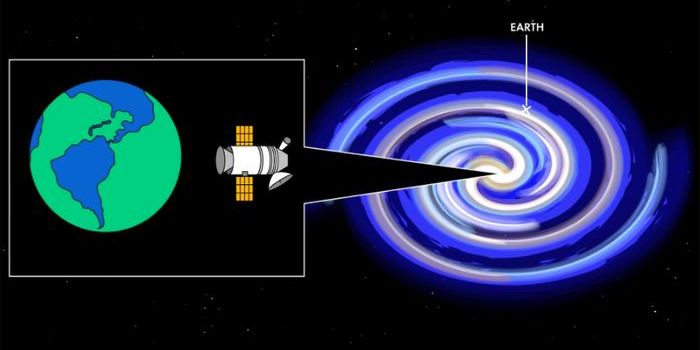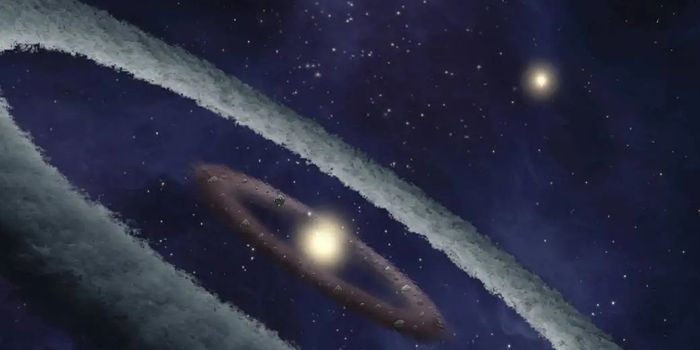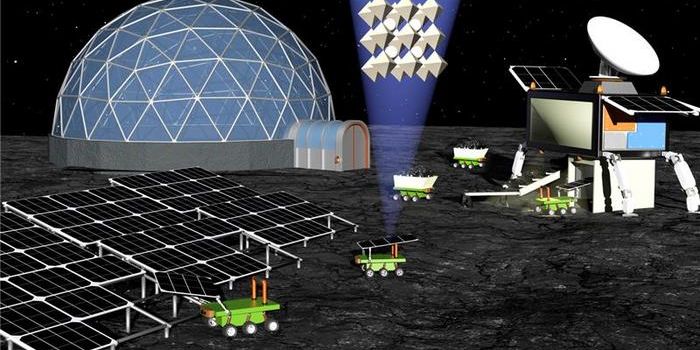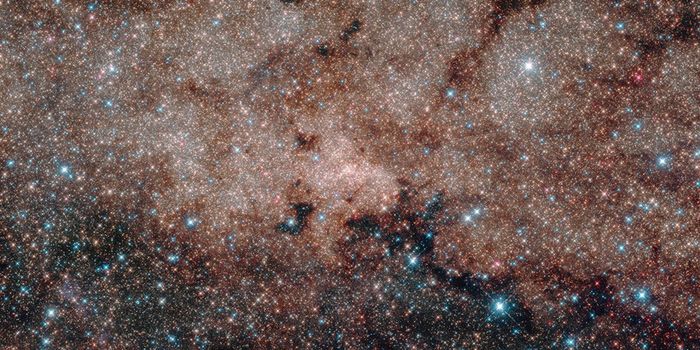Astronomers have observed an eruption from a baby star in the Orion Constellation that appears to be a stellar growth spurt. Such an outburst has never been observed from a younger star. The eruption was first noticed by astronomers at the University of Toledo, and the resulting paper was published in the.February issue of The Astrophysical Journal

The star, HOPS 383, is what's known as a "Class 0″ protostar, and located about 1,400 light years (8.2 quadrillion miles) from Earth in the nebula NGC 1977. Class 0 is the earliest stage of star development, occurring when a cloud of gas and dust begins to condense into a hot center surrounded by a disk.
This stage lasts about 150,000 years, a blink of an eye in a star's lifetime. Later, the center of the star will grow hotter and more massive, and the surrounding cloud may form planets, asteroids, or comets.
Because of the mass of dust that surrounds a Class 0 protostar, these early-stage stars do not shine light visible to the human eye. However, the heat at the protostar's center can be detected by instruments. These instruments, such as NASA's Spritzer Space Telescope, detected a 3500% increase in brightness in HOPS 383 in the past several years. Scientists believe that the outburst is due to rapid increase in growth of the center of the protostar, which leads to an increase in the amount of heat radiated outwards.
Via NASA, here's an image that shows the stellar eruption as captured by various space telescopes over the past several years.
(Source: Quartz.com)









